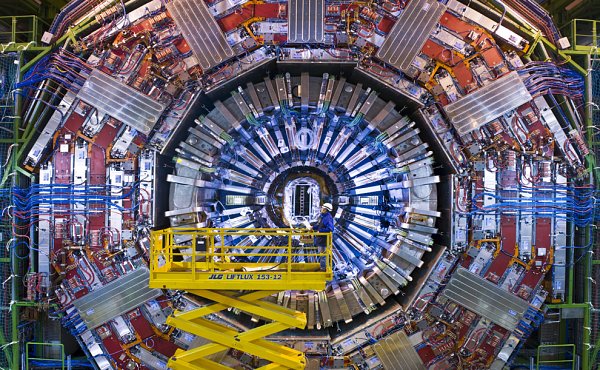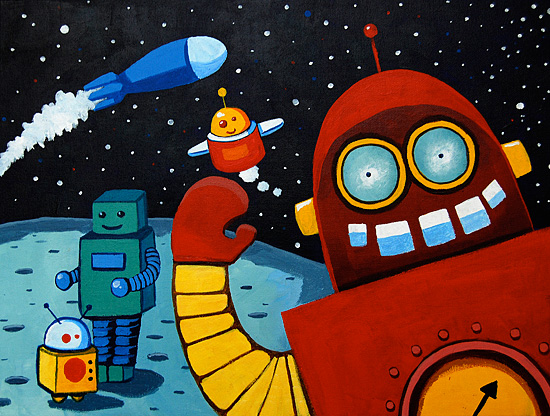$ 70M for Habr

I remember how in 2000 was fashion puzzled to ask why we still do not have cities on the moon, flying cars and an army of humanoid robots. Ten years have passed and the question has gone deeper - where has science disappeared? Why does it no longer appear big names? Where are the new Einstein, Rutherford, Niels Bohr and Max Planck? If not, then where do all the new technology come from?
We at Runa Capital finance technology start-ups and know firsthand what is the matter. The further we progress in technology research, the more effort is needed. It is the same as pulling a cart uphill with an ever-increasing elevation angle — one person can do it downstairs, but closer to the top several teams of specialists will have to work, and even shift in turn — some will pull the cart, the second will run rails, others will design the braking system, fourth to develop a better route, etc.
')

Albert Einstein in the USA. California, Santa Barbara, February 18, 1933.
In 1905, Albert Einstein proved the existence of atoms and turned our understanding of the structure of the world. For this, it took him a few hours of reflection, a room aquarium and a pinch of pollen. The history of science was divided into “before” and “after” this brilliant proof. Before Einstein, scientists had to make a choice of two main theories — either atoms are a mathematical abstraction or real-life particles of matter. Today, scientists warmly recall these times of simple and understandable physics, because now they have more than two hundred serious theories of the structure of matter and no opportunity to test at least one of them.

Assembly of the muon solenoid LHC in 2007. (Photo by CERN.)
In 2012, the Large Hadron Collider is to reach its design capacity, one of its main goals is to verify the existence of the Higgs boson. In terms of scale, this task is similar to the Einstein experiment and is its direct continuation, and its solution will become as epochal as the “discovery of the atom”. But it took 27 years to solve the technical problem of the experiment, more than 10,000 scientists from 100 countries and 6 billion dollars only for the construction of engineering structures.
But the real work is still to be done - every second there will be about a billion collisions at the LHC, in each of which dozens of particles of different types will be born. The annual amount of experimental data is estimated at 10 Petabytes - the LHC will provide 1% of the information produced by mankind. Even more scientists will process this data.

Tim Berners-Lee and his invention. (Photo CERN.)
In such conditions, not thousands of collider builders become celebrities, but those units that managed to find application to new technologies. No one knows the name of the director of the BAC, but Geym and Novoselov, who created graphene, are widely known. Few people know the name of Sir Berners-Lee, who worked at CERN at the previous collider and created the World Wide Web for processing his data, but everyone knows the names of people who managed to transform Berners-Lee’s abstract invention into a specific Facebook and Google.
We believe that the future of Russian science is for such enthusiasts and pioneers like Zuckerberg and Brin. There is no better place for us to search for promising technology startups than Habr. At CERN, only a little more than 700 Russian scientists are currently working, and only this post today will read 3,000 people who tomorrow will become the face of our science. We have no doubt that among them there will be at least three candidates for investment.
Now Runa Capital has collected in its fund more than $ 70 million for you. We are an early stage fund, so we give preference to projects requiring investments of up to three million dollars. Projects on the colonization of the moon and robotics will be considered separately - leave them directly in the comments.

Robots on the moon! by rich barrett
Source: https://habr.com/ru/post/129686/
All Articles